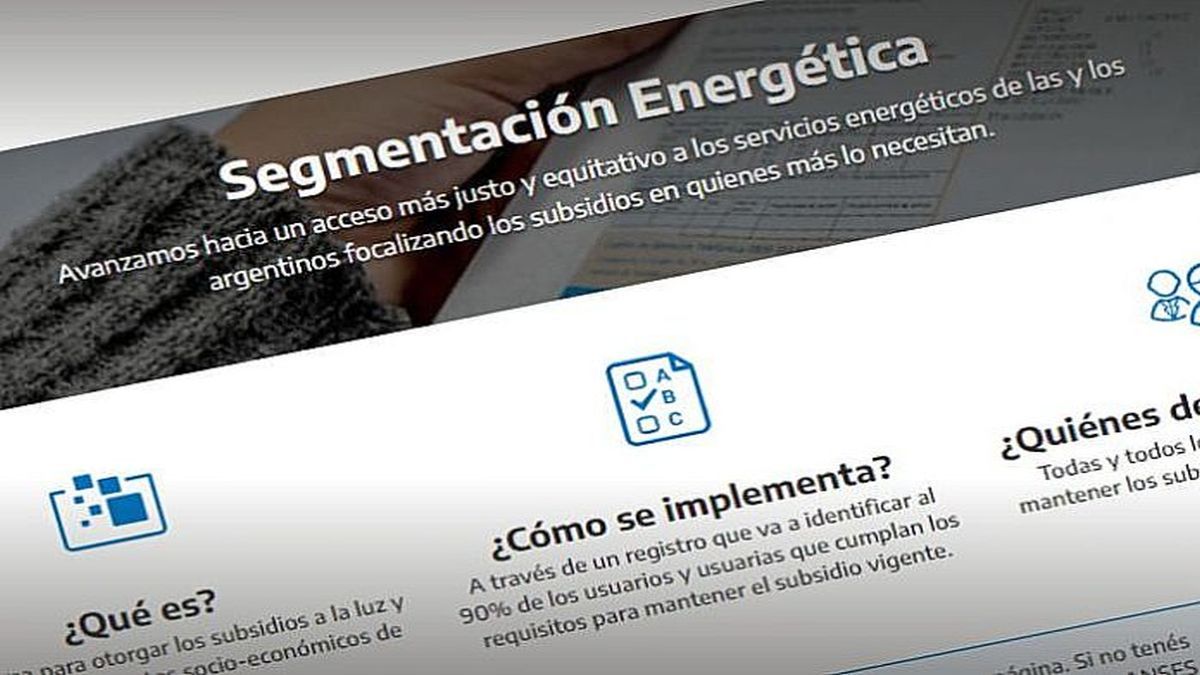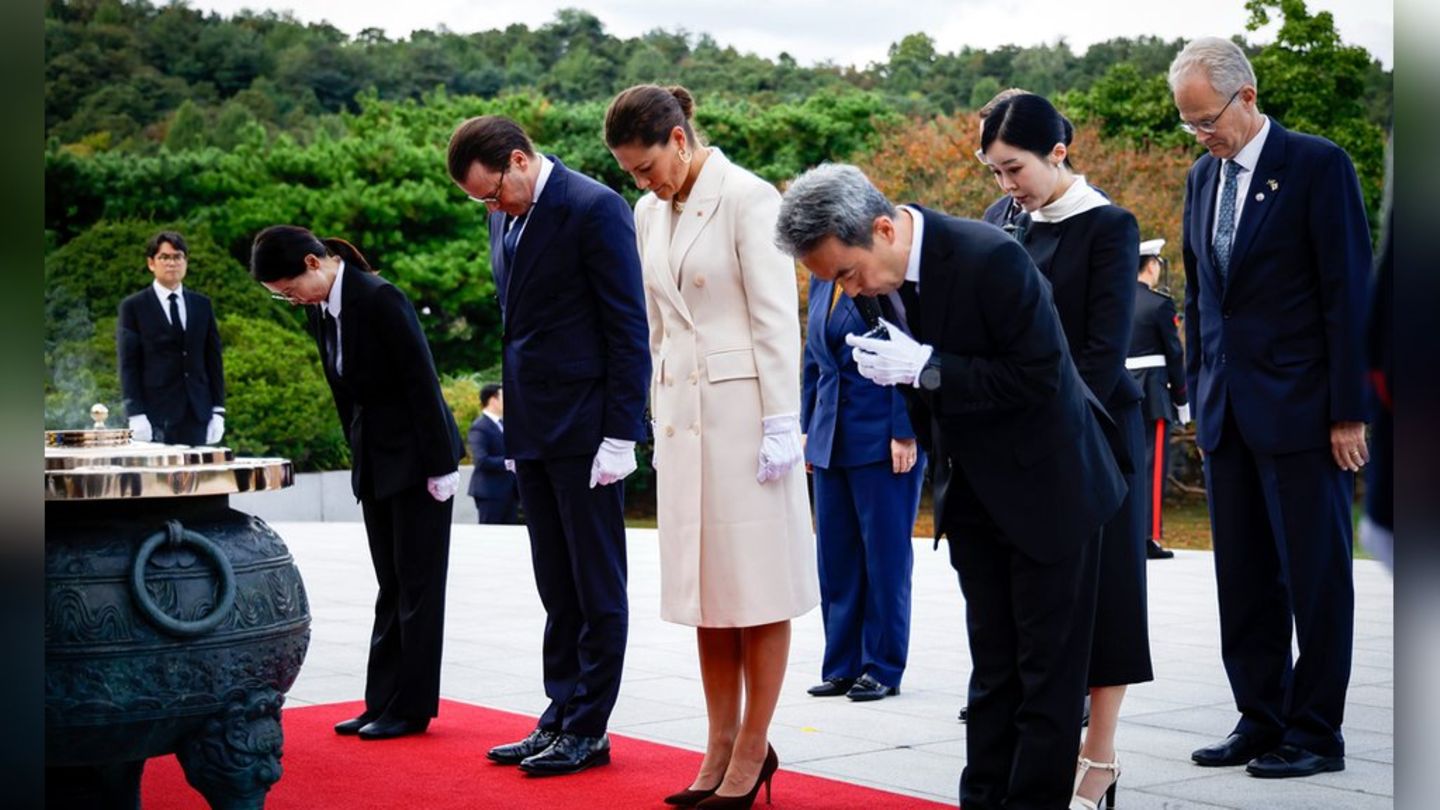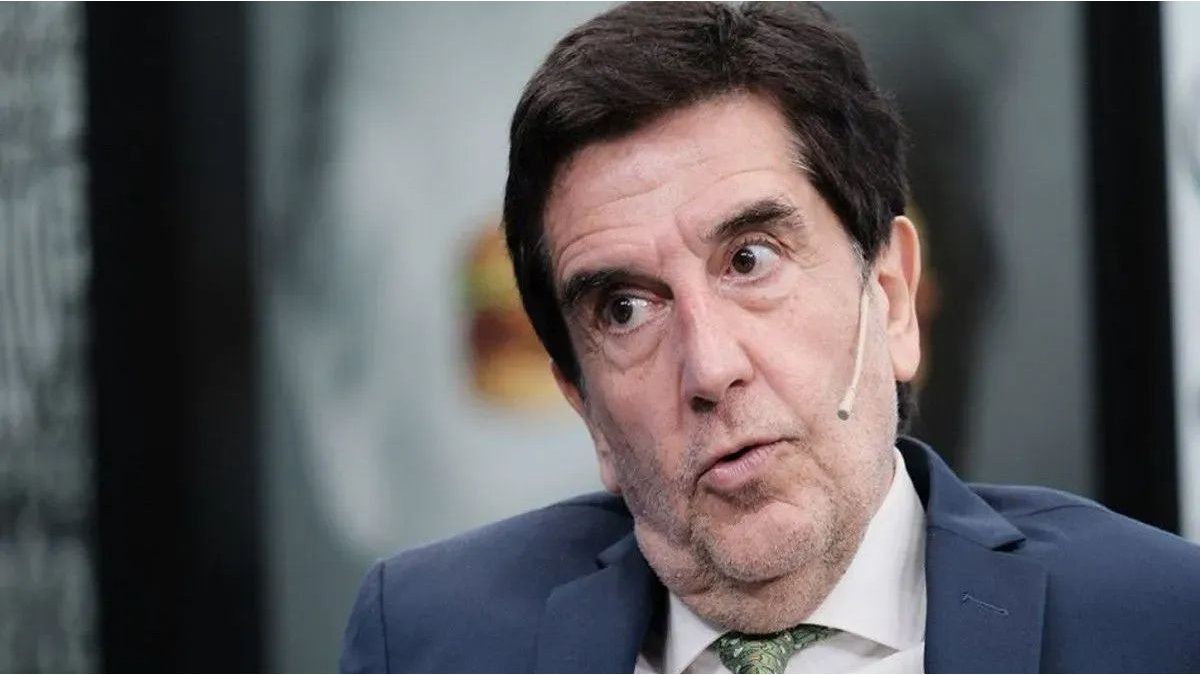The first point is, then, that the planet is at a moment that can be defined as “of uncertainty, stagnation in developed countries, inflation and high energy prices”. Note the difference between this situation and a process of recession with inflation.
On the side of Argentina’s macroeconomics, the few novelties are not entirely auspicious, but they are novelties. News considered good is, in reality, forced actions, and not entirely genuine, due to a fragile situation that can no longer be sustained for too long. In addition to being, of course, policies that the world has adopted for decades as desirable in the face of economic turmoil.
In particular, the reference is to an apparent greater fiscal control and to the moderate growth of the monetary base, and of the monetary aggregates. However, the government manages to issue in an unconventional way (soybean dollar, for example) and hide some fiscal obligations under the rug (CAMMESA debt, for example). Perhaps this last point is considered auspicious given the recent past. In this sense, the country’s macroeconomics could be thought of as “impaired enough not to make decisions”, with an important contribution from the IMF in the dynamics.
Electricity.jpg
On the microeconomics side, there are some initiatives that, although insufficient, tend to follow the right path. It could be said here that “Distrust reigns but does not govern”. Although the breach of contracts continues, which has been going on for 20 years, and the unjustified and inconclusive intervention of the regulatory entities, there are certain measures that resemble the path towards normality that break only a little the model of unjustified rate freezing in force between 2003 -2015 and 2019-2022. Among them the early celebration of Comprehensive Tariff Reviewsfor which the calls for hearings have already come out, and the beginning of the application of the tariff segmentation by income levels that tries to bring the price that households pay for energy closer to the cost of generating it.
A stop on the road is necessary to focus the analysis on the current rate policy, which is certainly somewhat anarchic. It is true that the proposed segmentation is complex to implement and understand, it is riddled with inconsistencies, it has application errors that have already caused misfortunes and setbacks, and it does not have a federal coordination mechanism in its design to reduce asymmetries. However, there is an important point that must be highlighted: the scheme implies, albeit timidly, that residential consumers begin to have a notion of the value of energy. This will not happen in all segments, but it will happen in those where changes in the pattern of consumption can be seen more clearly.
Given these events, which are very rare, it is necessary to answer an essential question What rhythm must be followed in terms of tariff policy? I will venture to say that a rate shock policy, immediate or not, should be ruled out for several reasons.
- The first it is that the CEPIS ruling delimits any excessive shock policy due to the establishment of jurisprudence;
- The second it is that an apparent path of fearful normalization has begun that it is not desirable to stop even if corrected;
- The third it is that it is not so clear that international energy prices, which determine costs, continue to climb with the speed seen months ago, so that the “ceiling” would no longer be unattainable by prices;
- The fourth It is that a shock policy, in addition to being apparently unnecessary, could overturn the fragile consensus on the need to continue a process of tariff normalization.
In this sense, given the macro conditions, it is possible that the cost of capital will not collapse in the short or medium term with an eventual change of government. Yes you can go down, and that is always desirable. On the other hand, the growth of domestic energy prices and tariffs measured in dollars would manage to reduce the bill for subsidies that, on the other hand, today are partially converted into debt. With the cost of capital going down, the prices paid by demand going up and a better regulatory framework (still on standby) a genuine investment process should be expected.
For the moment, all these initiatives are insufficient and contradictory. However, it is a starting point that must be corrected and deepened with greater precision in all its dimensions: improve the regulatory framework, normalize the institutions involved, comply with the Tariff Reviews, manage the hidden debt in gas and electricity and bring the price that demand pays at the cost of energy as long as the socio-economic situation allows it and with a focus on vulnerable demand.
This is the latent wait, a moment in which it is not possible to delay economic policy decisions while at the same time the attractive proposals of a possible next administration appear. It is also time for initiatives in microeconomics that, although insufficient and somewhat contradictory, are still interesting.
A change of government by itself can improve expectations, but they will not be very useful if there are no concrete decisions taken at the same time. The latent wait, with some optimism, can only be capitalized positively if those decisions are made effective and much more positively if a certain consensus is achieved in the direction that should be taken.
Director of the Dept. IAE Mosconi technician.
Source: Ambito
David William is a talented author who has made a name for himself in the world of writing. He is a professional author who writes on a wide range of topics, from general interest to opinion news. David is currently working as a writer at 24 hours worlds where he brings his unique perspective and in-depth research to his articles, making them both informative and engaging.




